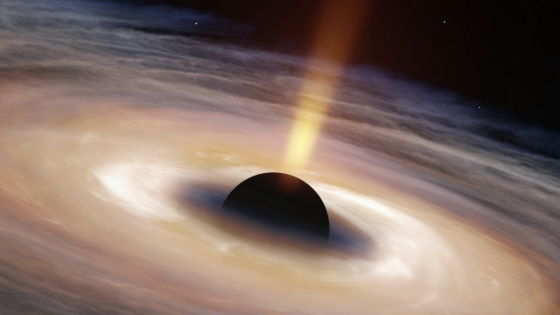The theory leading to 'black hole power generation' advocated half a century ago is demonstrated

A research team at the University of Glasgow has demonstrated the theory that led to the '
Amplification of waves from a rotating body | Nature Physics
https://www.nature.com/articles/s41567-020-0944-3
University of Glasgow-University news-'Twisted' sound experiment helps confirm 50-year-old science theory
https://www.gla.ac.uk/news/headline_727690_en.html
Experiment confirms 50-year-old theory describing how an alien civilization could exploit a black hole
https://phys.org/news/2020-06-year-old-theory-alien-civilization-exploit.html
The Penrose process is a virtual method of 'extracting energy from a black hole.' It is thought that this method can obtain energy by throwing garbage into a black hole, and it was thought that the garbage problem and the energy problem could be solved all at once. It was said that it was impossible to achieve.
A research team at the University of Glasgow has demonstrated the idea of 'amplifying the twisted waves' associated with this Penrose process. The research team has released a movie that clearly explains the Penrose process and the experiment conducted this time.
Amplification of twisted sound waves-YouTube
British scientist Roger Penrose proposed in 1969 'How to get energy from a spinning black hole'.
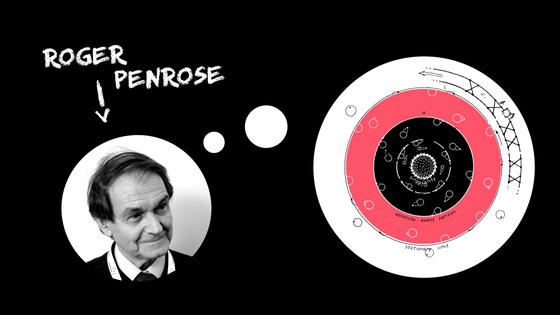
According to this theory, the dust contained in the container is dropped onto the '
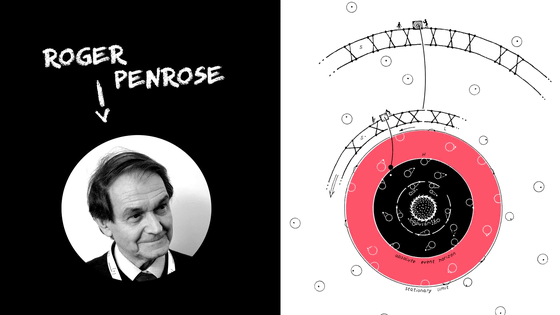
In 1971, Soviet scientist
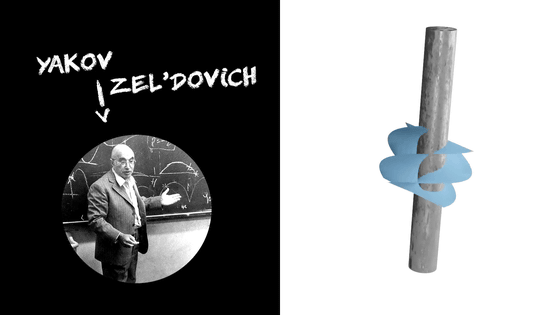
This amplification effect is caused by a phenomenon that can be called a rotating version of the '

In Zeldovich's thought experiment, when a rotating metal column collides with a twisted light wave, the frequency of the twisted light wave usually decreases due to the Doppler effect, but when the metal column has a sufficient rotation speed, it twists. It was thought that the frequency of the light wave would increase.
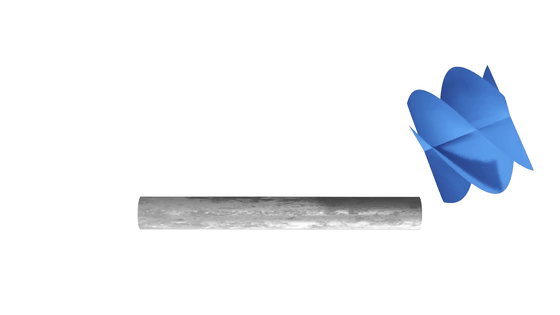
This idea is similar to Penrose's idea of 'taking energy out of a black hole'.
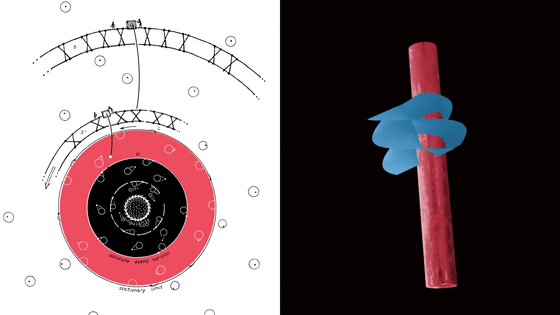
Zeldovich's idea remained a thought experiment because there was a problem that the number of revolutions of the metal column had to reach 1 billion revolutions per second or more. But this time, the research team demonstrated Zeldovich's idea by using sound waves instead of light waves.
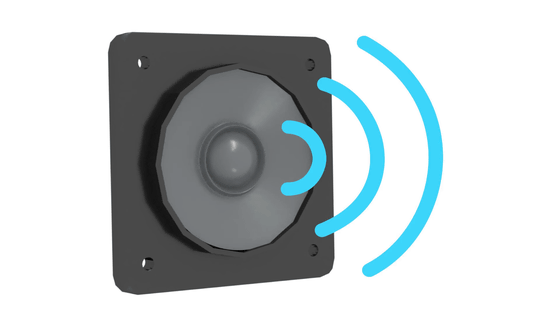
In the experiment, first place a speaker on the ring and generate a 'twisted sound wave'.

The twisted sound wave generated was applied to the rotating sound absorbing material. This rotating sound-absorbing material is equivalent to the high-speed rotating metal column proposed by Zeldovich.
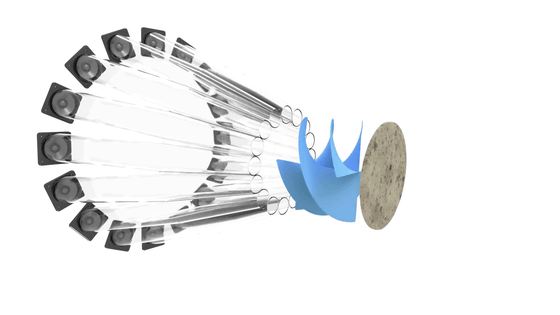
When the rotational speed of the sound absorbing material was increased, it was confirmed that the frequency and amplitude of the twisted sound waves increased with the increase of the rotational speed, demonstrating the idea of Zeldovic. Regarding the amplitude, 30% of the original wave was increased depending on the number of revolutions of the sound absorbing material. The research team explained that the energy used for this amplification was obtained from a rotating sound absorbing material.

The actual experimental equipment looks like this. In the image below, a sound absorbing material is placed in the center of the image, and a speaker behind it is placed on the ring.
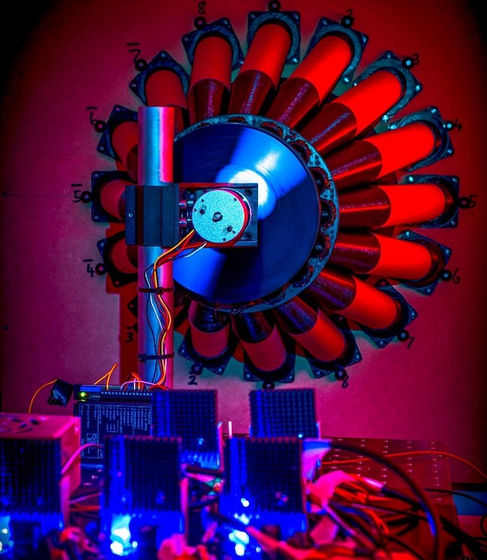
'We are thrilled to have achieved experimental verification half a century after the theory was first proposed,' said co-author of the paper, Professor Daniel Faccio of Glasgow University. It seems strange that we were able to confirm, but I think this experiment opens new possibilities for scientific exploration.'
Related Posts:

